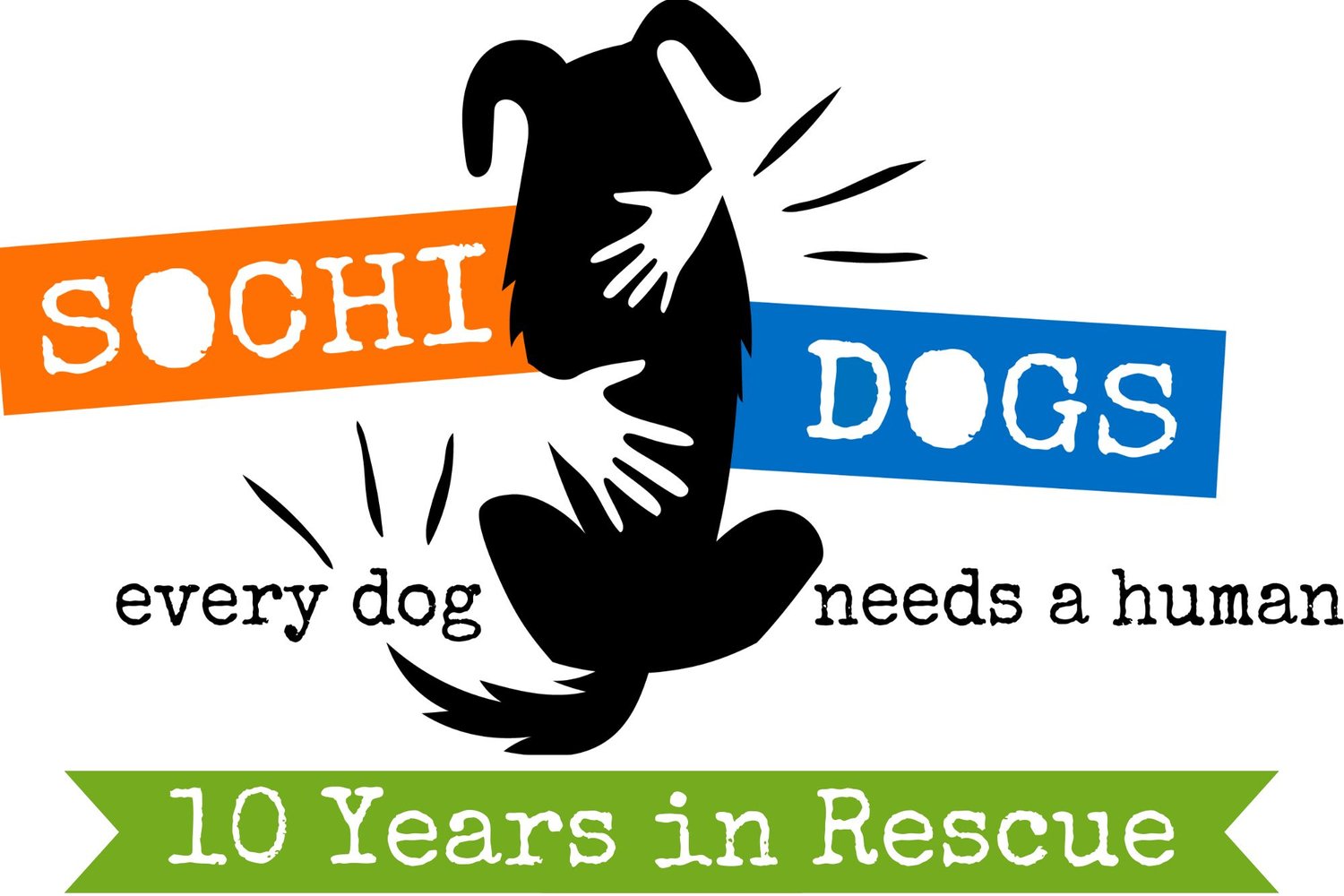Things to Consider When Selecting Food for Your Dog
Written by Lisa Baker for Sochi Dogs
It's hard to select a dog food these days. There are so many different choices in the pet food isle and so much buzz around different diets like grain-free, raw, and organic. Here are some things you should consider no matter the type of diet you select for your dog.
Quality Manufacturing
Pet food companies have a variety of considerations when making pet food such as whether to outsource operations, where to manufacture, where to get the ingredients and the proper process and controls. Ideally, they should have tight control over their manufacturing process and sourcing of ingredients to ensure your pet is getting the same quality food in each batch with no contamination. To evaluate different manufacturers check to see how many recalls they have had and what the recall was for. Not all recalls are bad, sometimes companies are trying to be proactive if they made a non-harmful error before too much is distributed. However, recalls due to major contamination like we saw with Evanger's and some of the JM Smucker's brands containing euthanasia drug are an indication of poor quality manufacturing or ingredient sourcing and should be avoided. It is also recommended to select a brand that manufactures in the USA with as many ingredients sourced from the USA as possible.
AAFCO Feeding Statement
Any dog food you select for your dog should have an AAFCO feeding statement. This statement communicates that the food is complete and balanced. AAFCO has come up with several ways to determine if the food is complete and balanced and the statement must be substantiated by the state and pet food manufacturer. Along with the statement, it should tell you how the nutritional adequacy was determined. Feeding trials are preferred over other methods. If you have a puppy you will want to select a food labelled "all life stages". Adult dogs should eat foods labelled as "adult maintenance"
Macronutrients
Just like in people, a balanced diet for dogs contains protein, fats, and carbohydrates. Look for the guaranteed analysis converted to a dry matter basis to be able to compare the amount of protein, fats, and carbohydrates across brands. A brand with well-balanced macronutrients that adheres to the AAFCO feeding statement should suit your pup well.
Ingredients and Packaging Can be Misleading
Ingredients and packaging labels may not always be what they appear. For example, many dog foods are labelled as "natural" or "premium" however, these words are not defined or regulated when it comes to pet food. On the other hand, "organic" has the same definition as in human food. Ingredients on the package are listed in order of weight; ingredients that are moisture rich may appear at the top of the list, like chicken or beef. Chicken or beef meal are dehydrated forms of the meat and may contain more protein than the fresh meat. By-products contain healthy organ meats like liver and lungs. It does not mean that hooves, hair, or other inedible waste products are included. Grains are a good source of carbohydrates and are easily digested by dogs. They do not need to be avoided so long as your dog does not have an allergy to them. Foods that are grain free can be higher in protein or fat. If you need to feed a grain-free diet try to find one that includes other healthy sources of carbohydrates and has balanced macronutrients.
Other Considerations
You want your dog to enjoy eating and have healthy regular stool. Choose a food that works best for your dog and that your dog enjoys eating. If your dog has an allergy or a sensitive stomach you may want to try to identify what's bothering them so you can avoid it. Dry or wet food can provide a complete and well-balanced diet for your dog. Evidence has suggested that dogs that eat only a wet diet may have worse dental hygiene as compared with those that ate dry food, however, this point has been debated. Dry food can be good to use while training your dog. You can use the kibble from a meal to exercise their skills instead of handing out lots of treats. Wet food can easily be put into Kongs or frozen which can also help with training or boredom.
Treats
Treats should make up no more than 10% of your dog's diet in calories. You can select store-bought treats with similar considerations to how you select a dog food or you can consider feeding your dog healthy fresh foods as snacks. Dogs can eat a variety of healthy, low-calorie fruits and veggies as a treat. Carrots can be eaten raw or cooked. All other veggies should be cooked before feeding and leave off the salt and butter. Veggies can be steamed and fed plain once cool. Fruits like strawberries and watermelon can also be fed as treats. Always check to make sure the food you want to give your dog is safe for consumption, things like grapes and raisins should never be fed to a dog.
Still confused about what to feed your dog? Speak with a veterinary nutritionist about your options. Always listen to the advice of your vet when it comes to nutrition for a dog with a disease or illness. Remember that above all else, keeping your dog at a healthy weight, not overweight or underweight, is the best thing you can do for your dog when it comes to nutrition and health.


